Sorry, this may or may not be a programming question directly, but I am trying to resize screenshots with Imagemagick and Gimp to include in a Beamer presentation, but it comes out even blurrier than the resizing done by LaTeX.
For instance, in Beamer I might have a command to rescale the image \includegraphics[width=.5\textwidth]{fig.png}. Using something like
\begin{frame}
\message{width = \the\textwidth}
\message{height = \the\textheight}
\end{frame}
I have gotten the \textwidth and \textheight parameters in points (345.69548, 261.92444). So I have a script (in Python) that sends a system call to Imagemagick:
'convert %s -resize %.6f@ resized_%s' % (f,a,f)
where a is calculated as \textwidth*\textheight*0.5**2 and f is the file name. When I then go back into my Beamer presentation and include the resized figure, \includegraphics{resized_fig.png}, the size looks approximately correct but it's super-blurry. I also tried resizing in Gimp (using the GUI) but no luck either... help? Thanks...

